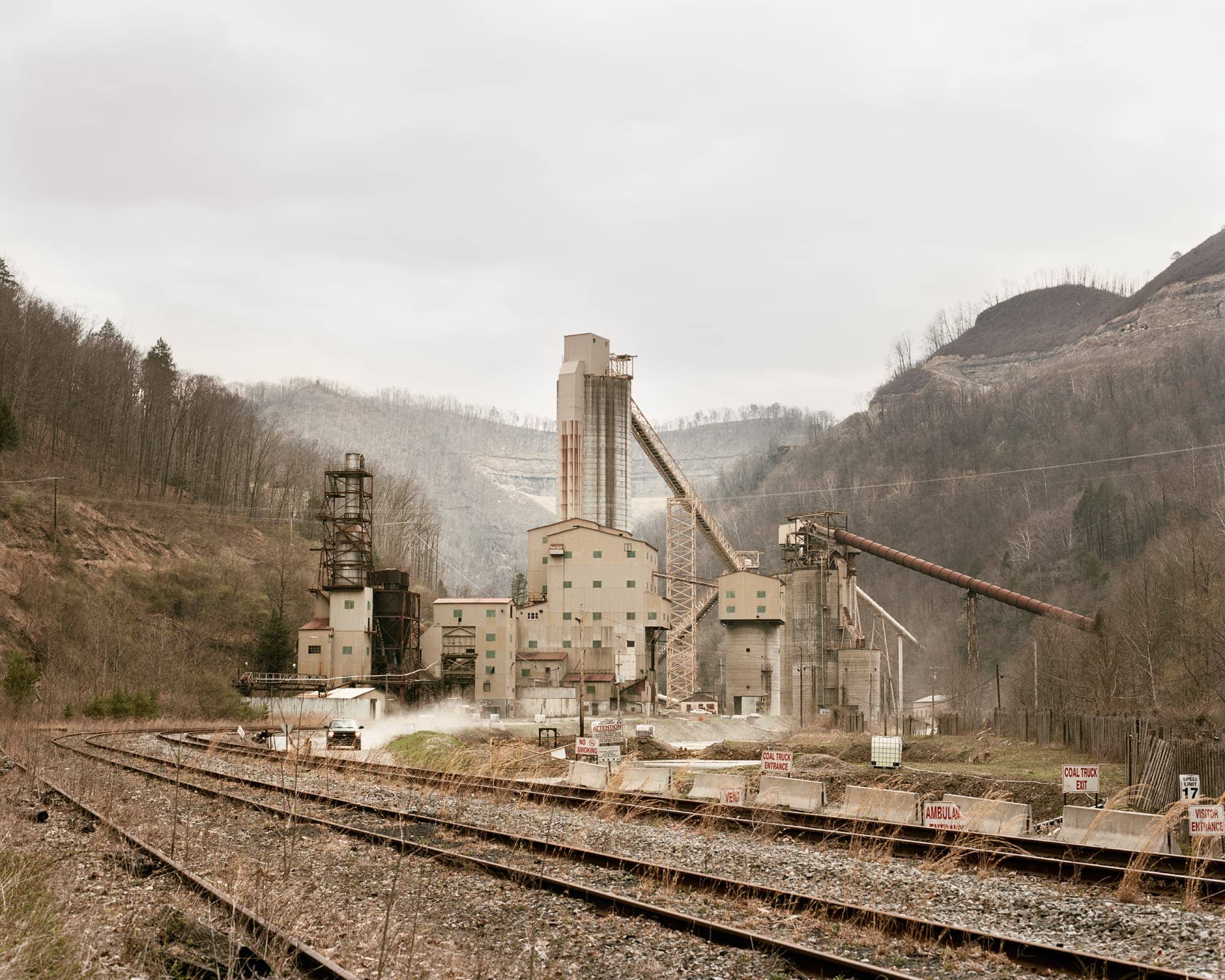
Over time, popular culture has propelled a certain vision of America. Through repeated images and motifs: flags, diners, desert highways and vintage cars, the place feels familiar to us even if we’ve never been. In his series Q&A, Alexander Missen explores this sense of familiarity and myth through the classic American road trip.

Alexander, tell us about your first trip to the US. How did this project come about?
It came about as a bit of a lucky accident. I first went to the U.S. after I graduated from uni, and it was mostly born out of a slightly naive notion that if you wanted to be a serious photographer, you went to America do a big serious photography project. The first time I went I found myself completely overwhelmed and was disappointed in the pictures I made out there.
It was mostly born out of a slightly naive notion that if you wanted to be a serious photographer, you went to America do a big serious photography project.
After spending some time analysing them, I realised that what I was being drawn to were things and places that weren’t necessarily a reflection of the reality of the U.S.A, but my own: a strange mental assemblage of what I expected it to be like; a hash of films, pop culture and other photographers. I started to wonder what would happen if I embraced that phenomenon and decided to return to the U.S. and start to make the project consciously
ArrayHow did the real-life America compare to your expectations?
It was very hard to reconcile that parts of America do feel exactly how you imagine them to, and other parts feel like they could be anywhere and that often, the two are separated by miles of billboard lined highway.
Where did you travel and which places were you most drawn to?
I went to 40 different states overall. As the project continued, I started to spend more time in the west as lots of the iconography of the west is integral to the identity of America itself. On reflection, the amount of physical space in that part of the country seemed to be beneficial to making pictures as it allowed for a bit of reflection while driving.


I struggled quite a lot to make pictures that felt relevant to the project in cities. I think that was a combination of somewhere like Chicago, for instance, being quite visually overwhelming but also cities tending to have their own very distinct visual identities.
What was a typical day like on your road trip? How much was planned and how much was the result of serendipity?
This went as far as where I flew into, a rental car, where I flew out of and a map with notes of places that I would potentially be interested in seeing. I didn’t have a schedule which gave me the freedom to spot and spend as much time as I felt like I wanted to in a certain place or just to leave when I wanted to move on.
ArrayWhat about the people you met – were there any particularly memorable encounters? Were there any challenging encounters?
I met lots of really kind people while travelling and I was taken aback by how much people wanted to talk about themselves or their town. I suppose in many ways I was a bit of an oddity for them and perhaps that was quite novel.
I was taken aback by how much people wanted to talk about themselves or their town.
What was challenging was the prevalence of racism, particularly in predominantly white small towns. It was really hard to walk the line between wanting to challenge people on that and the small nagging feeling that doing so might get you beaten up or worse.


Is there any special meaning behind the title ‘Q & A’?
It came about mostly as a way of expressing the act of photographing. Photographs are so often born out of curiosity but the nature of the medium means that the resulting images often provide quite a limited answer. These answers, in turn, lead to more (often more pointed) questions and it repeats. I also liked the sound of it; unless you speak in Received Pronunciation it ends up coming out as something like ‘kyewanayy’ which has a certain U.S. lilt to it.
How did you go about resisting some of the visual clichés that typify American popular culture?
I don’t think I did, to be honest. If anything I made quite a conscious effort to try and embrace a lot of those clichés. I wanted to make pictures that felt oddly familiar for the viewer – a picture that you had seen a thousand times but were seeing for the first time. In all of its various guises, photography is abundant with these repeating motifs and I think my favourite photographers are those that know when to use them and how to arrange them within the frame.
ArrayLastly, you don’t give much away in the form of context or captions. Instead you leave a lot open to the viewer’s interpretation and as a result, the images are loaded with mystery. Was this always your intention with this series?
I want people to project their own narratives onto the pictures. I find the ambiguity that photographs can create more interesting than their representational qualities. It can be quite problematic to make pictures that in some way aim to be definitive, as it can feel like it can become an exclusive experience for the viewer. I would much rather that picture be something that points someone’s mind in a certain direction and they run with those thoughts.




